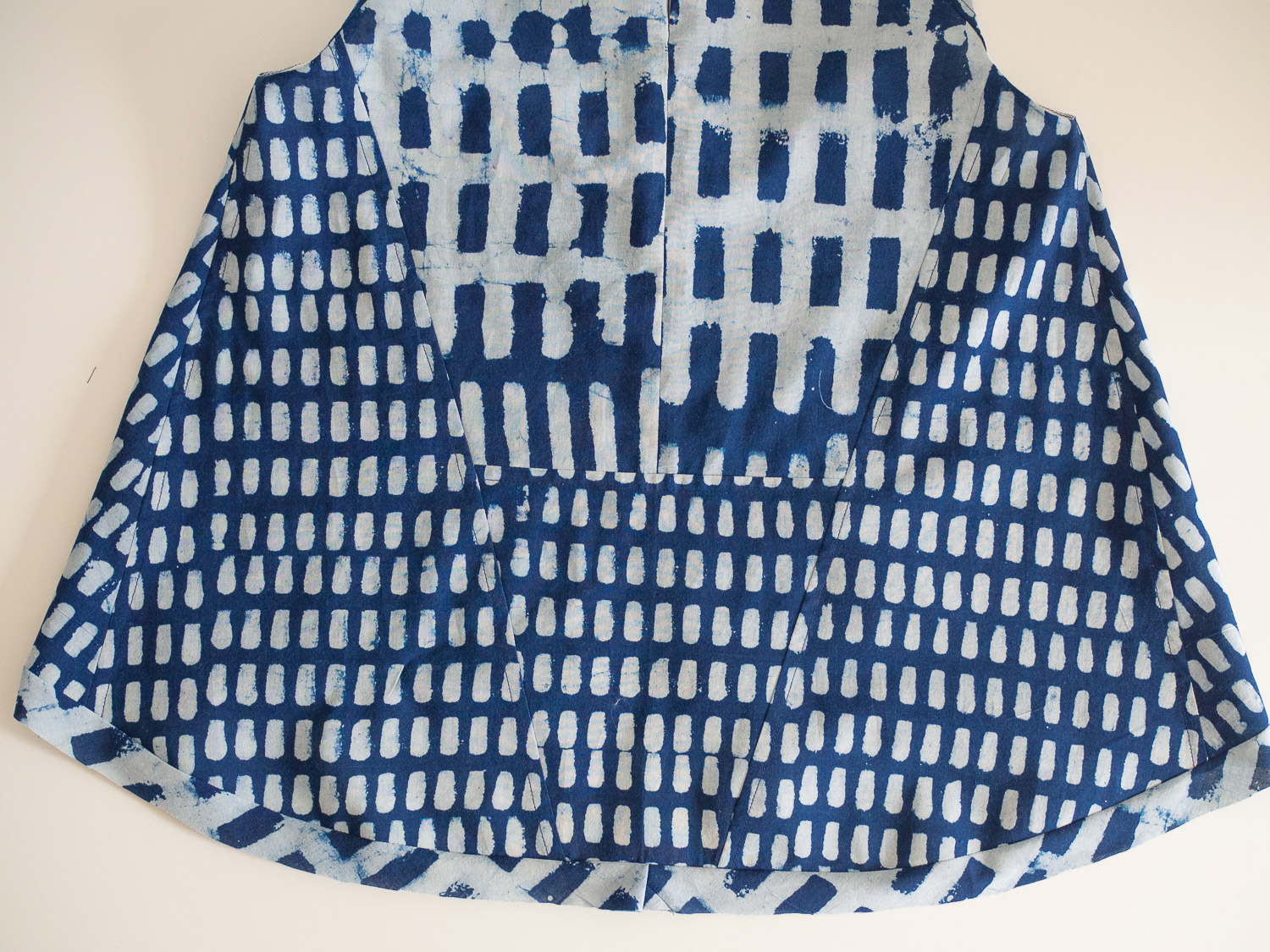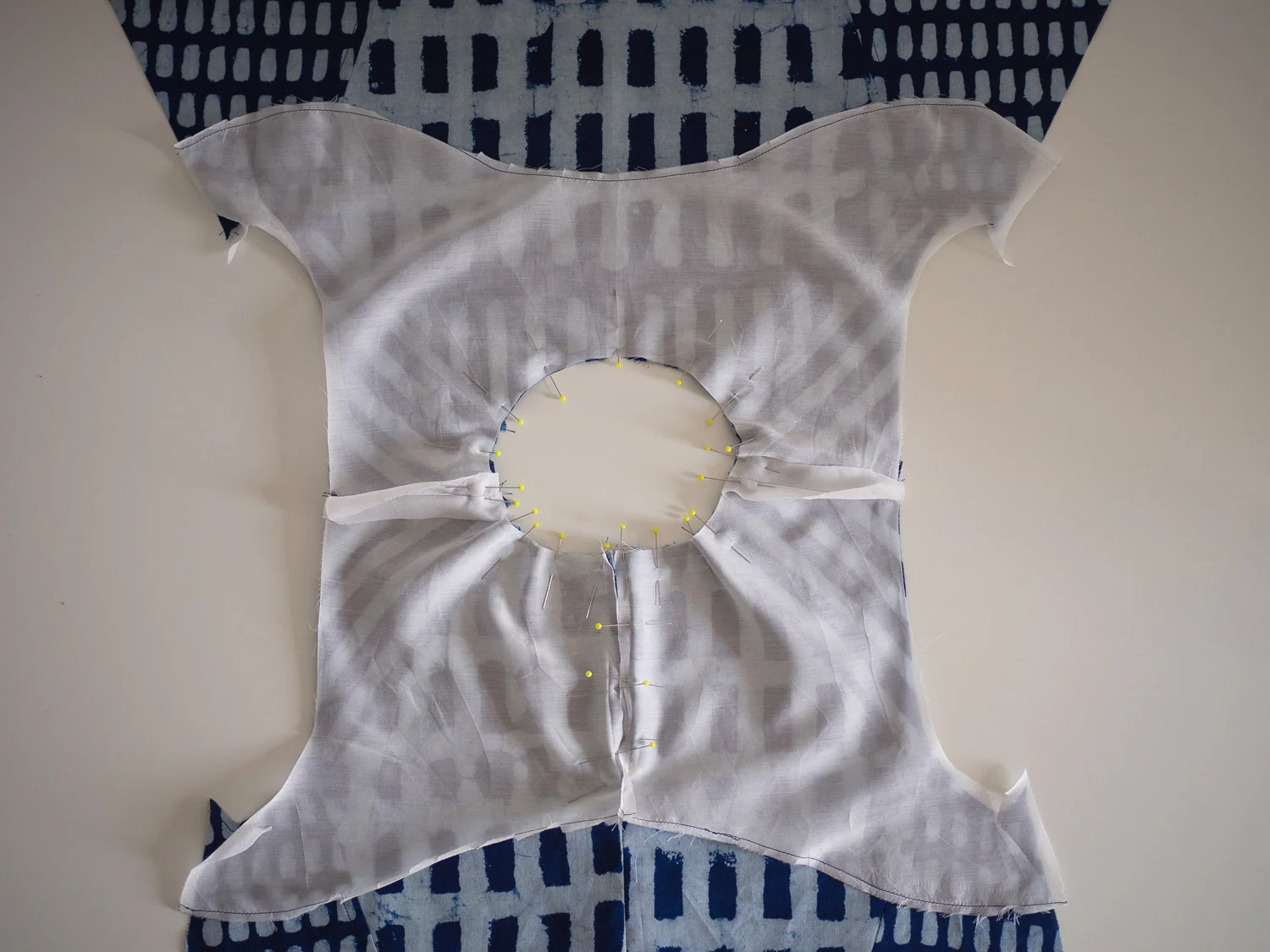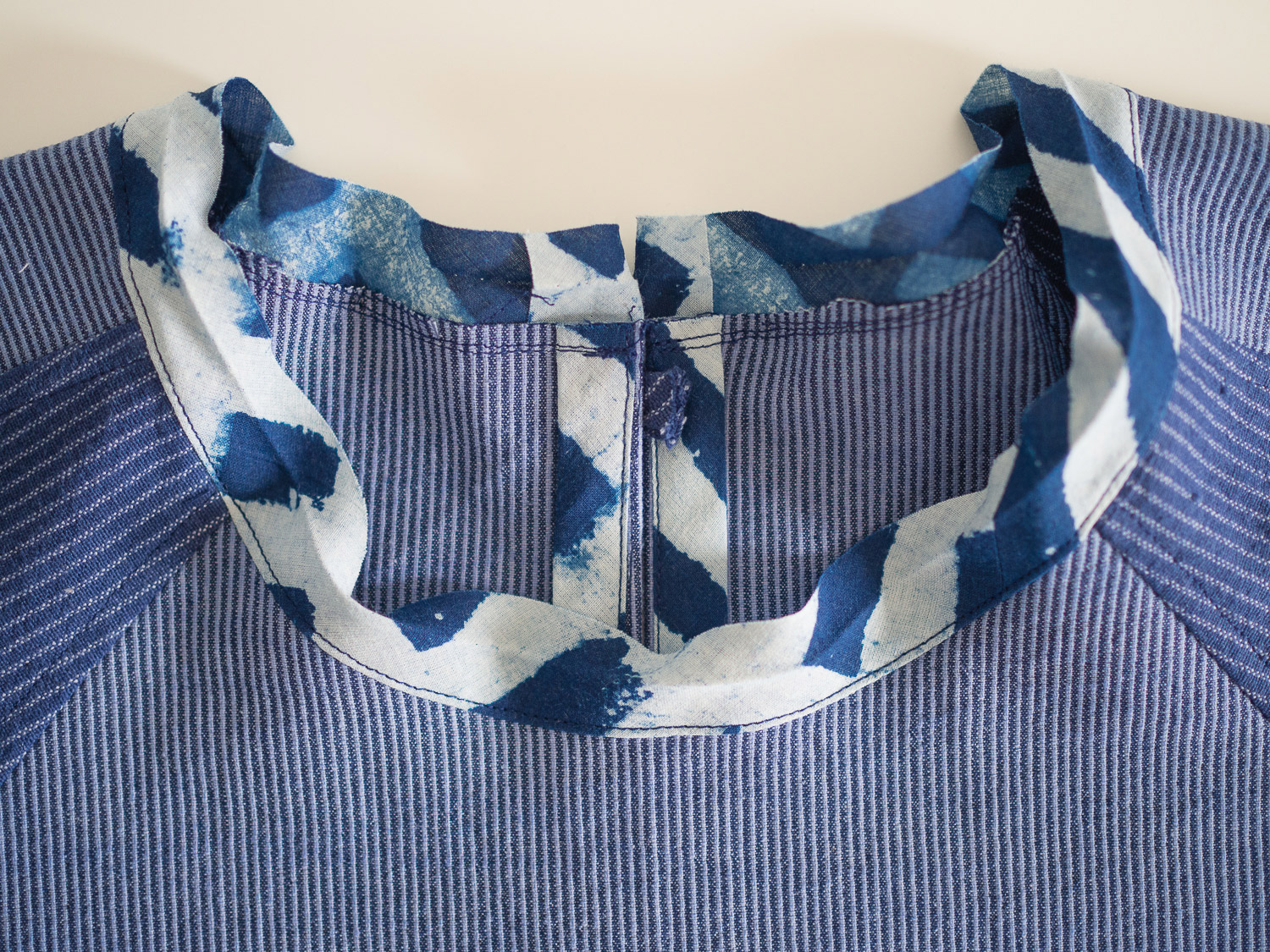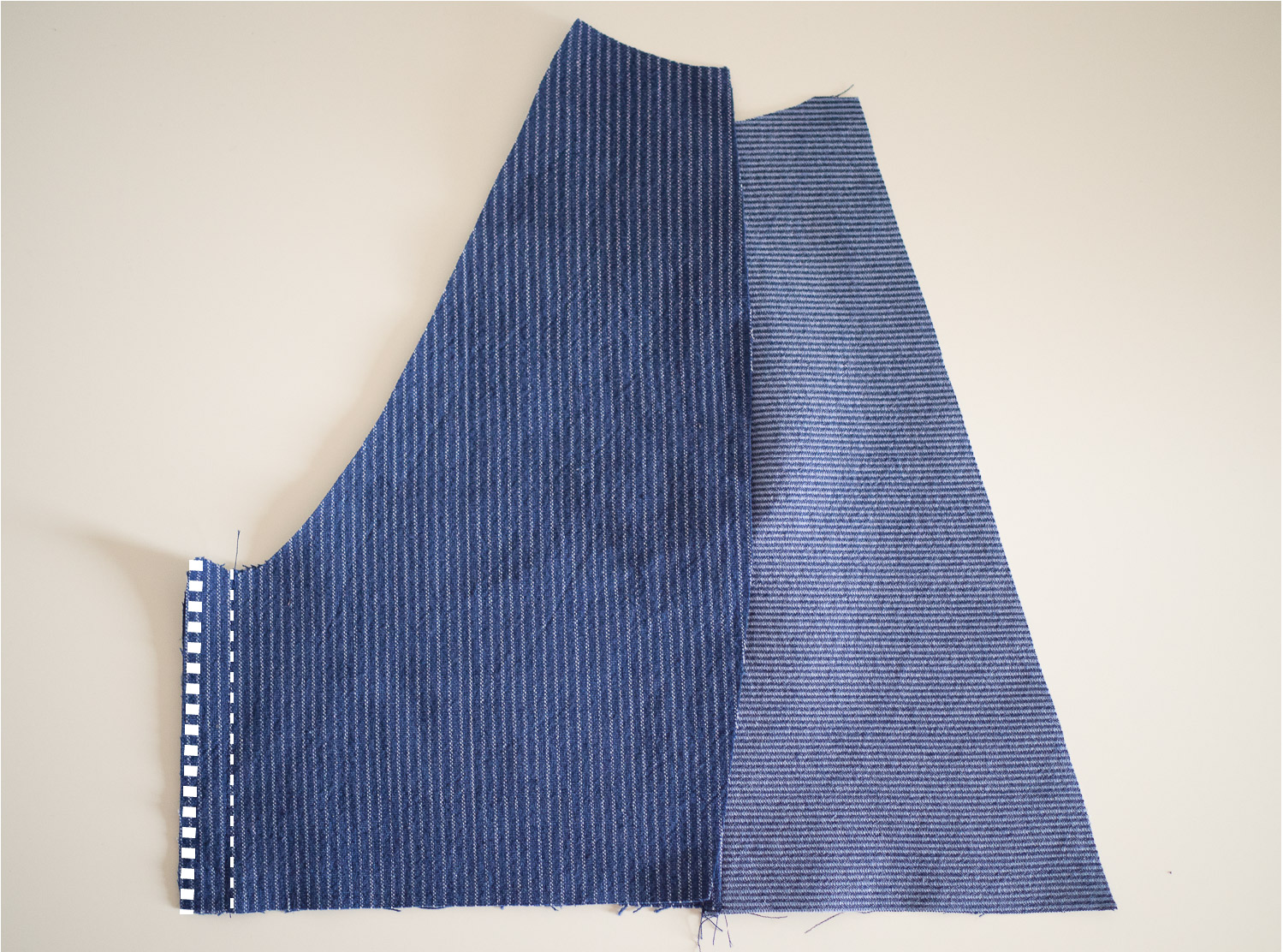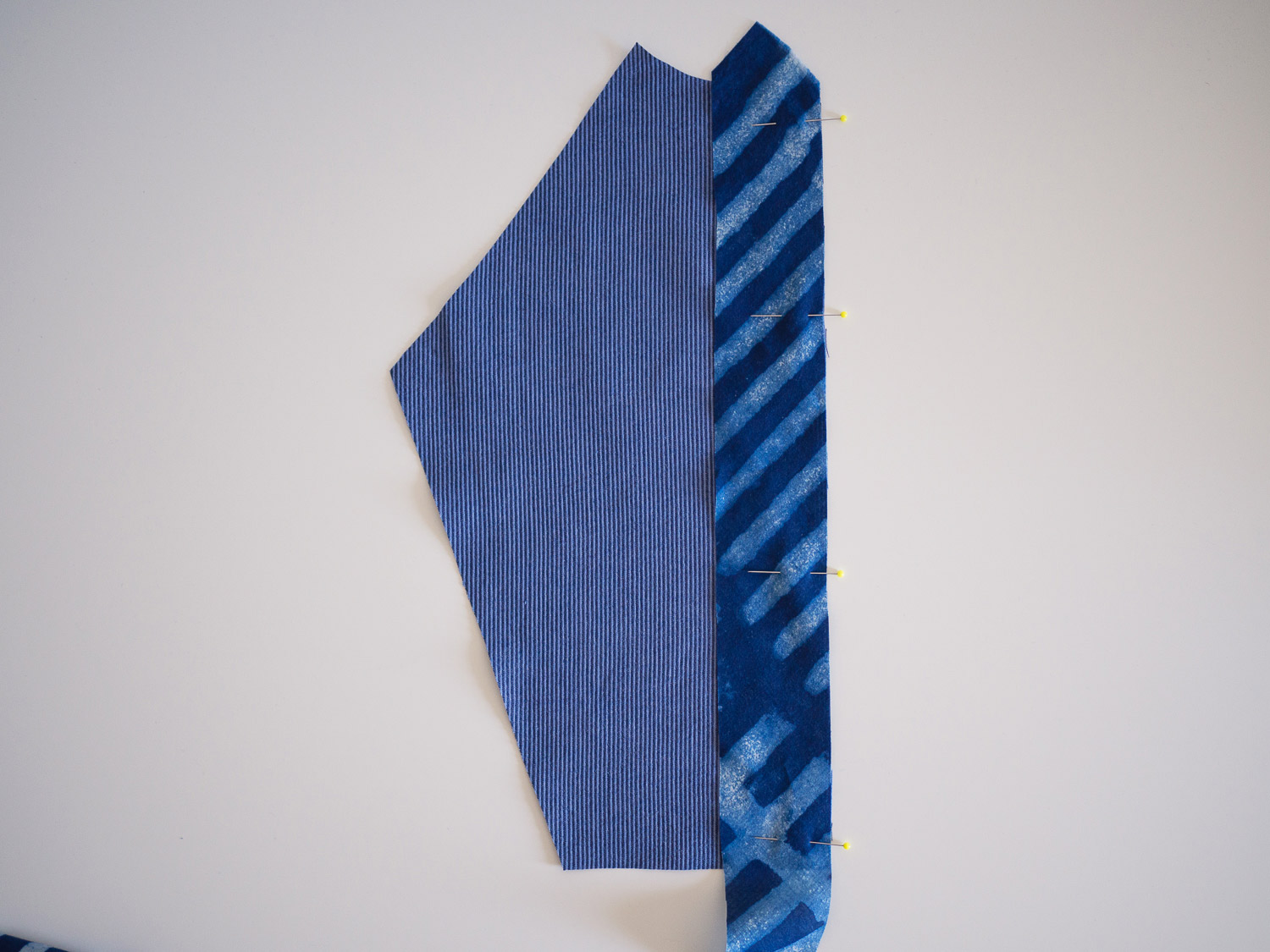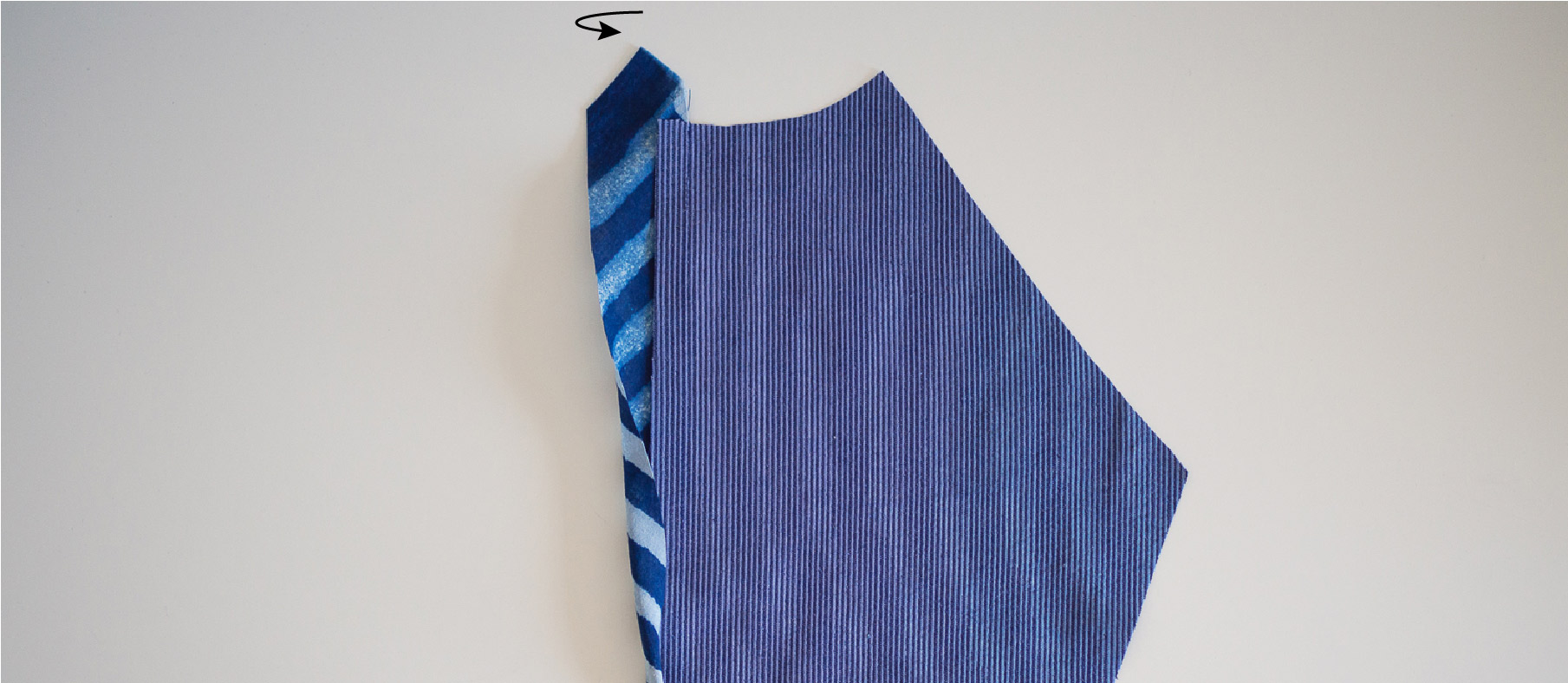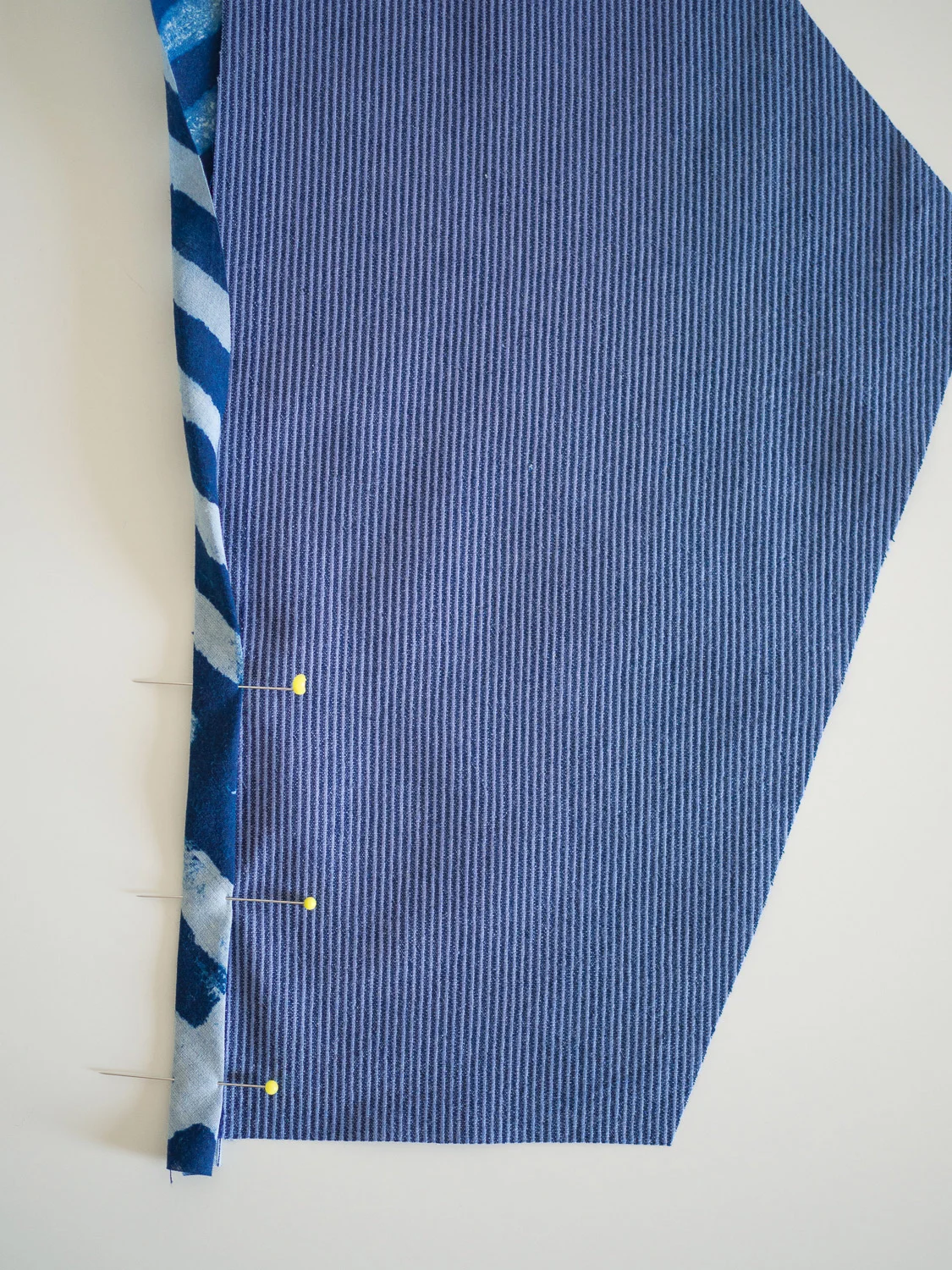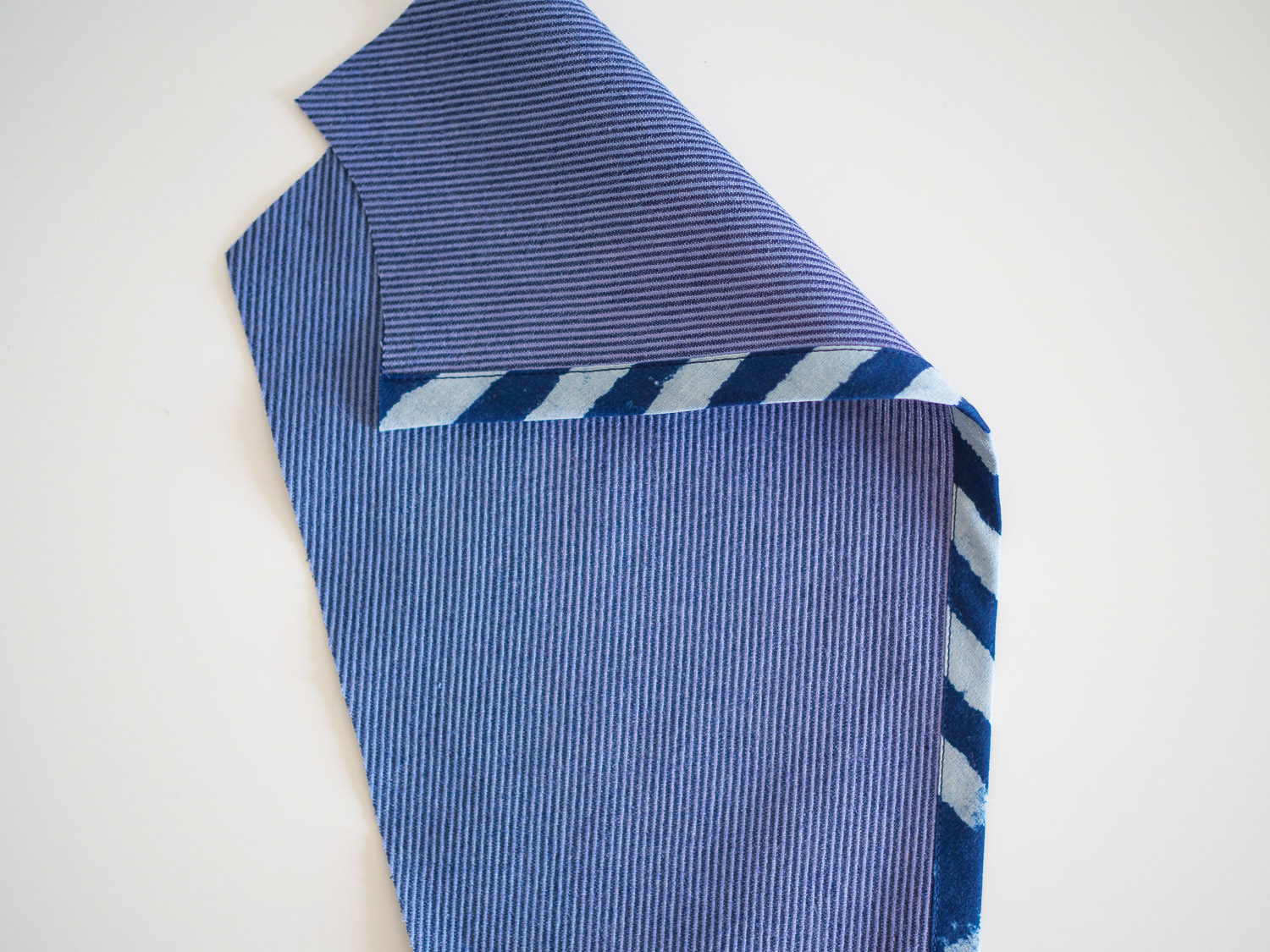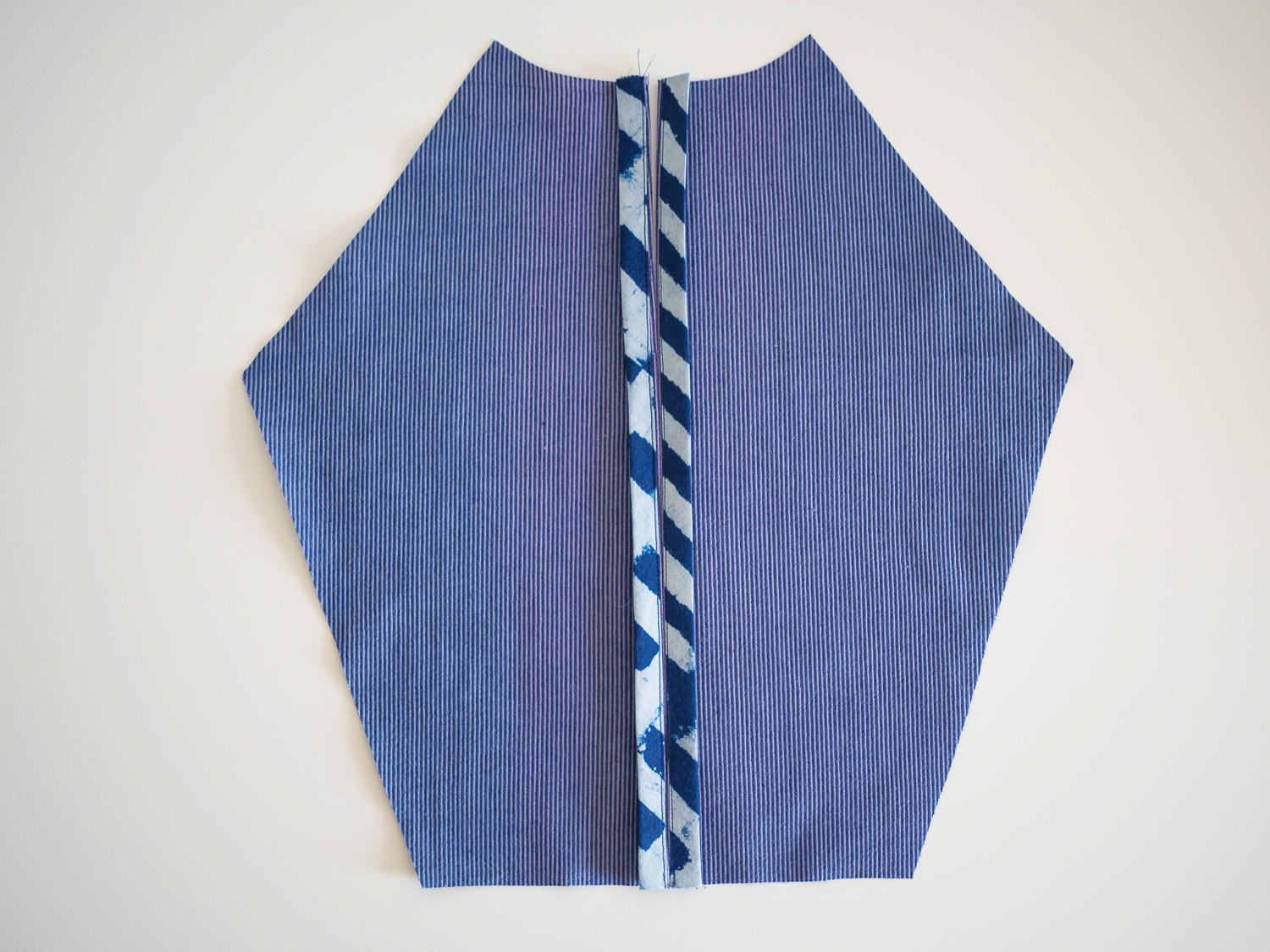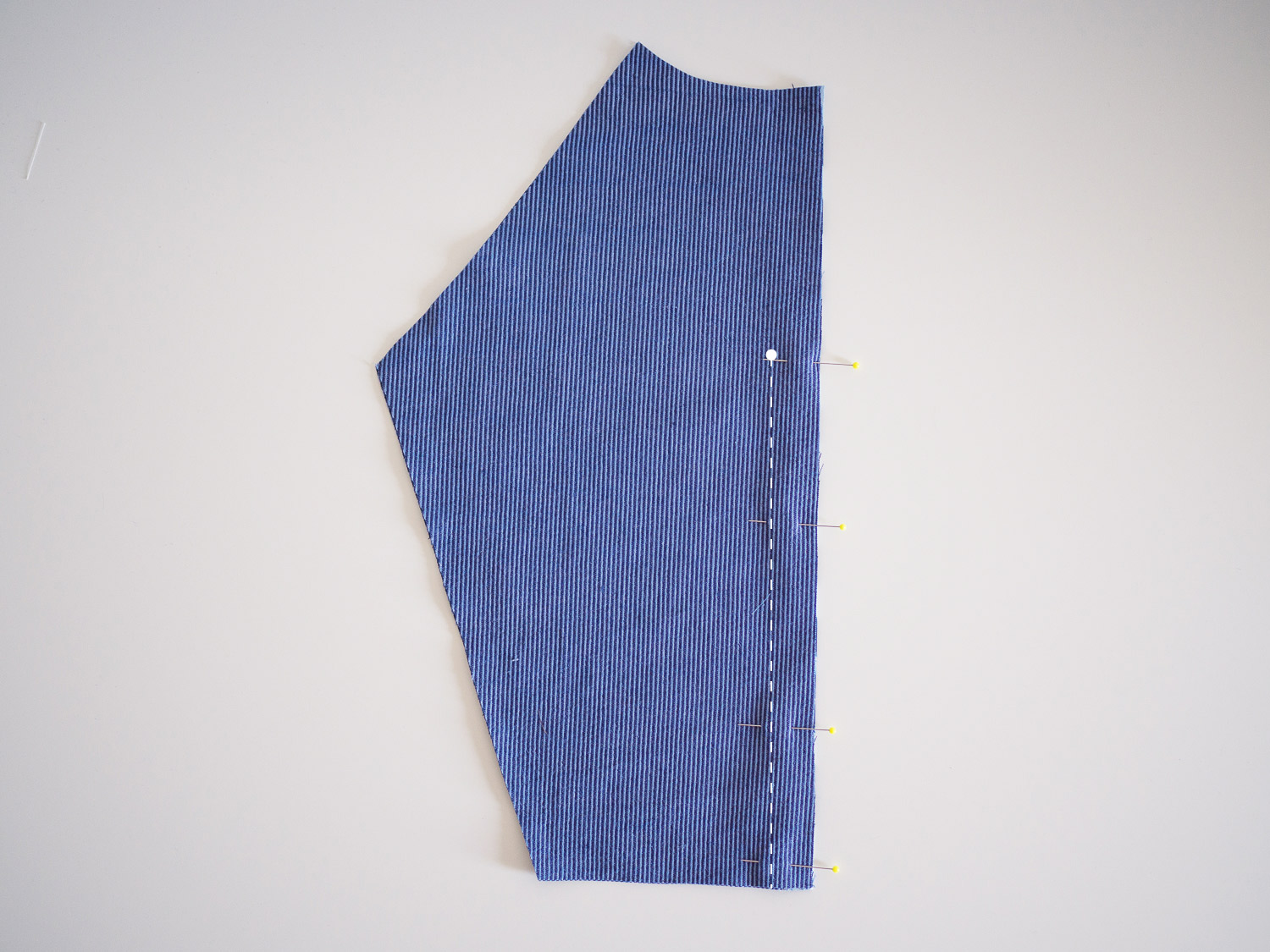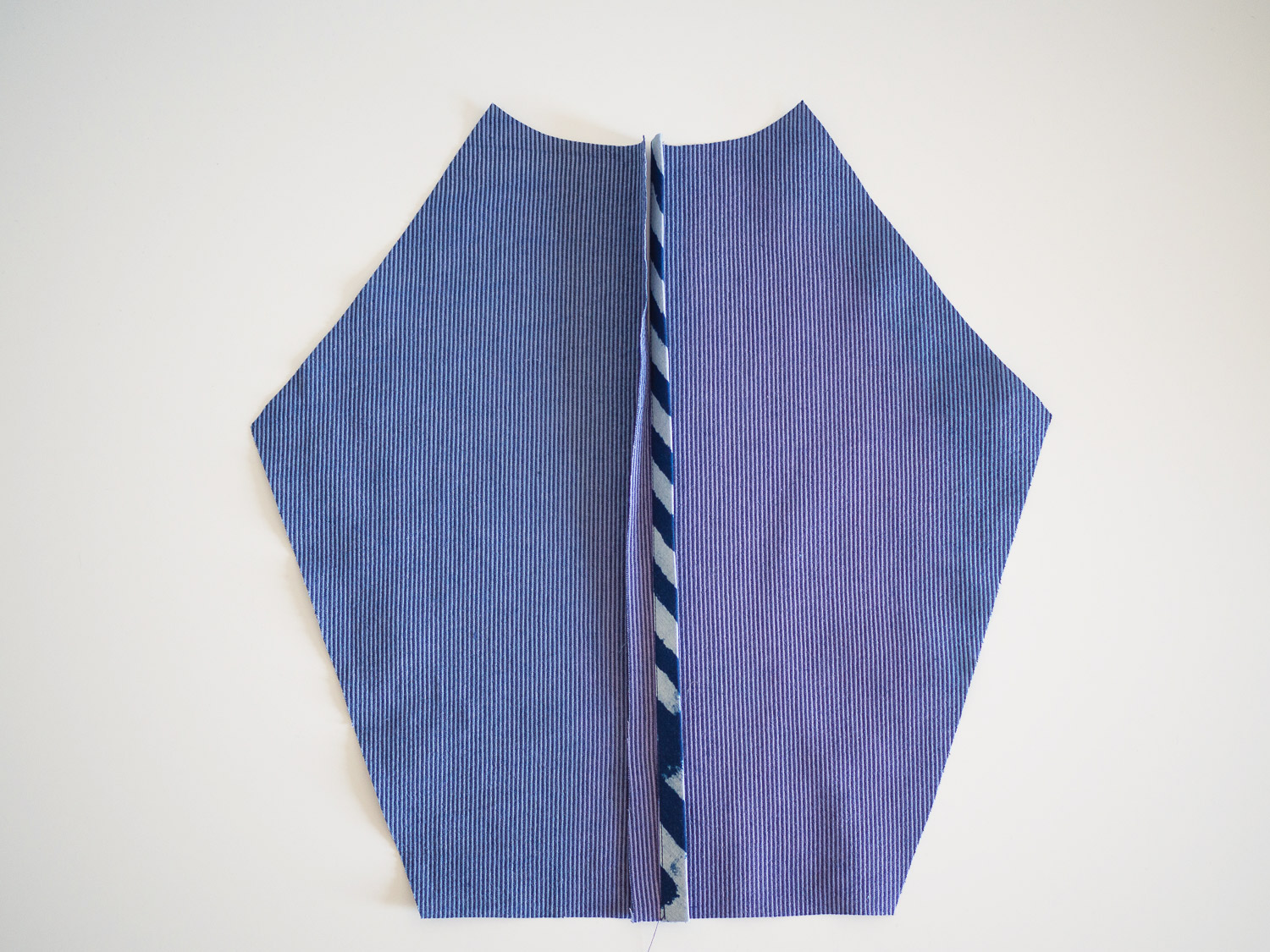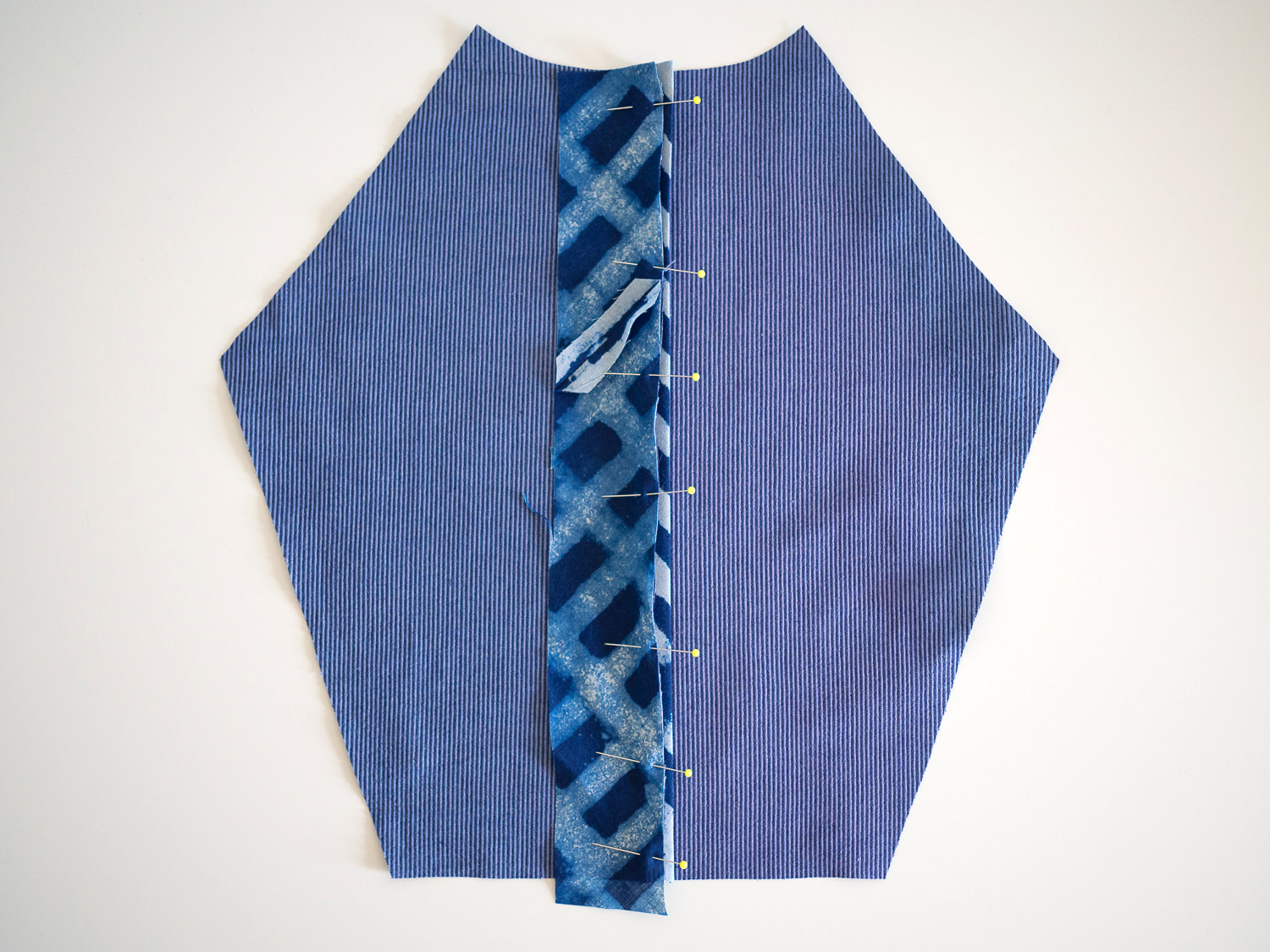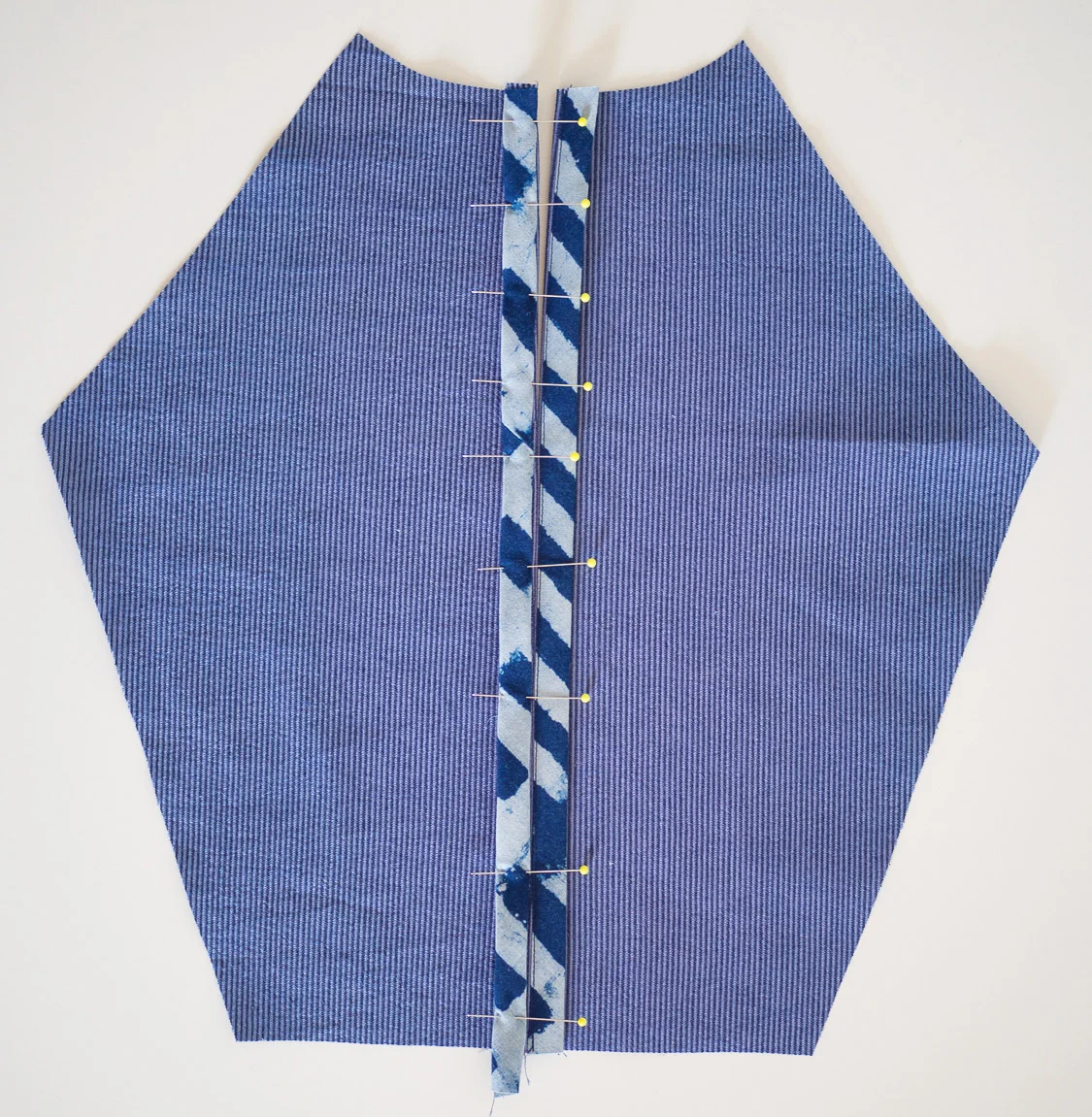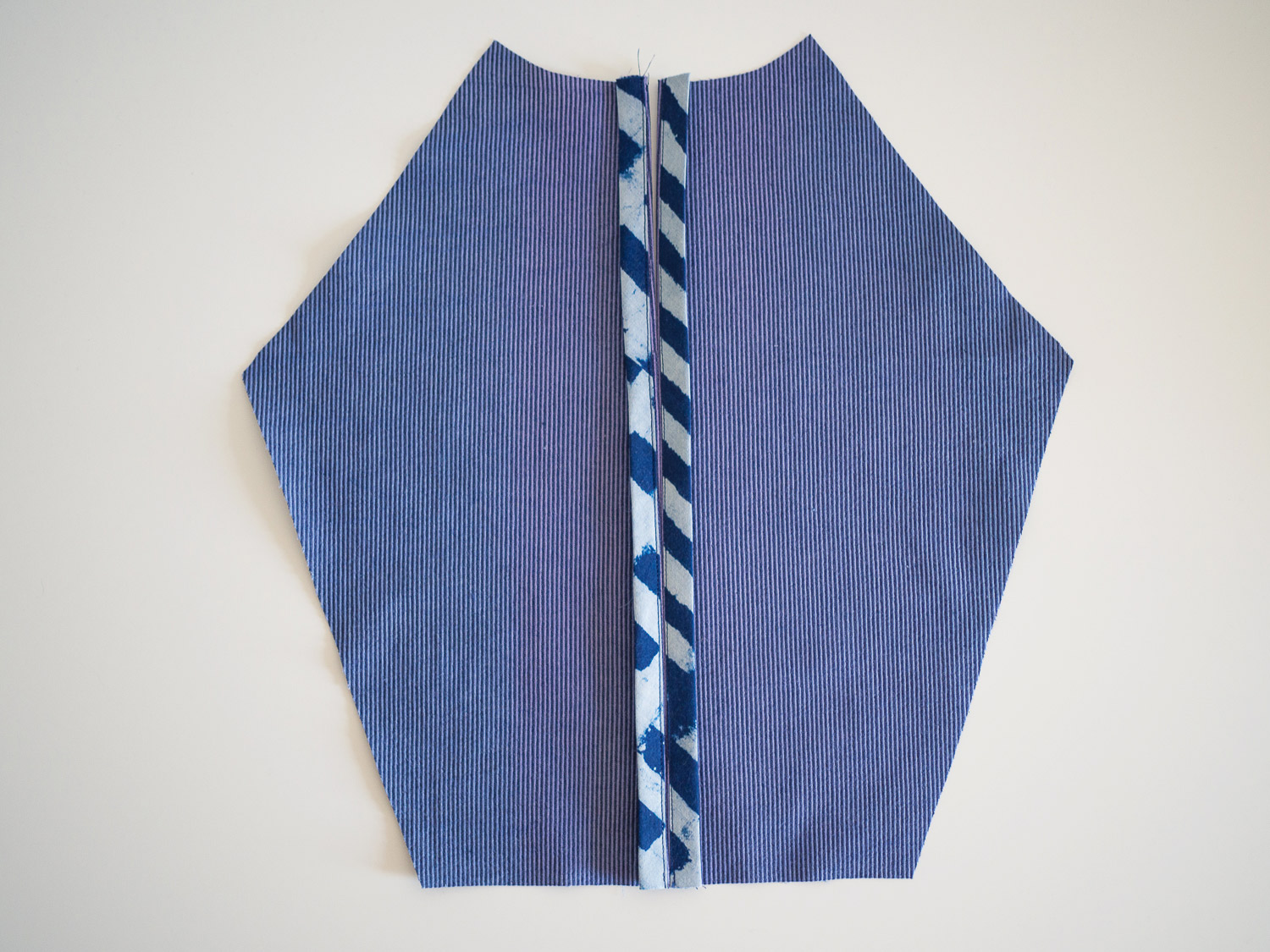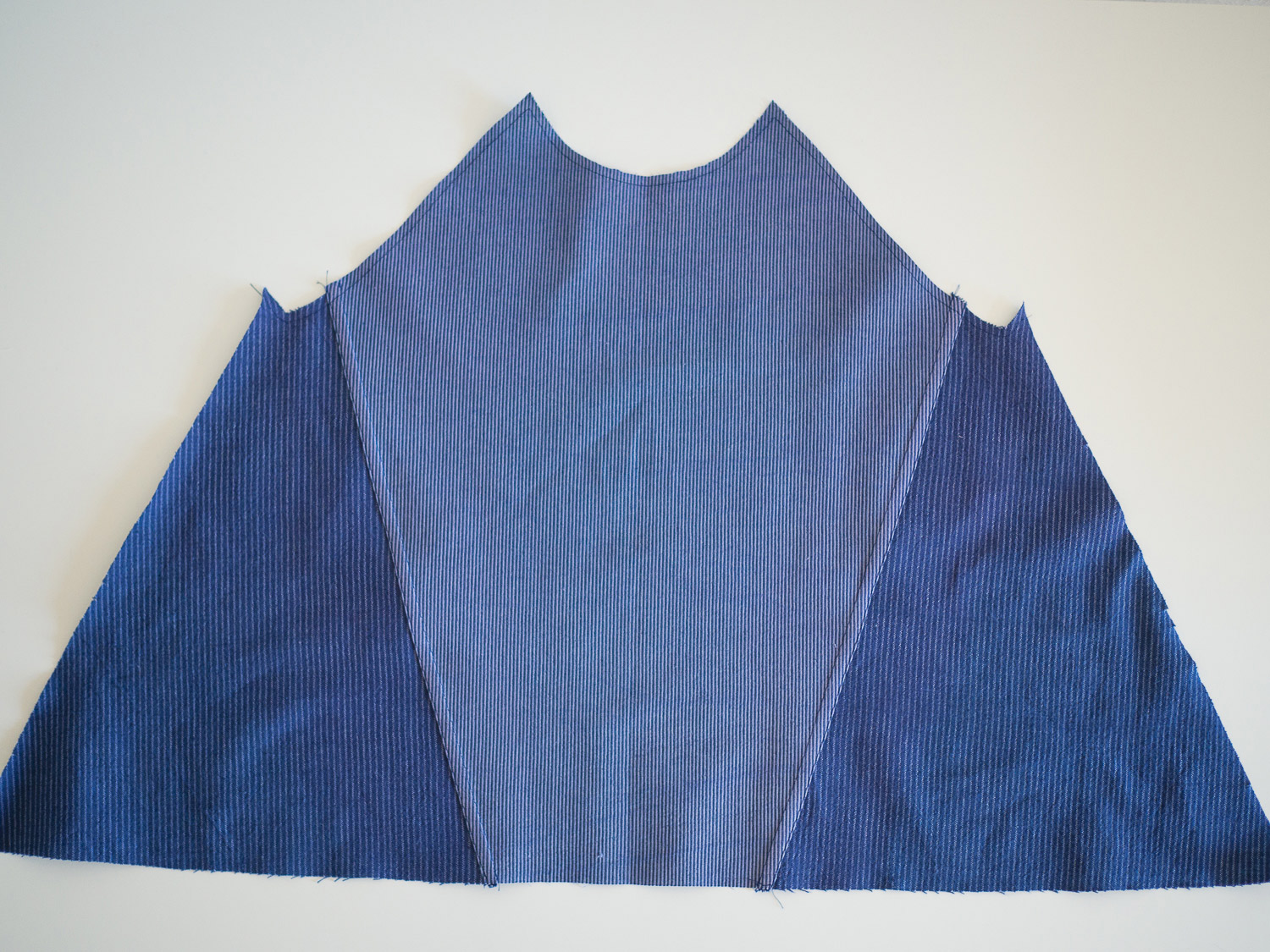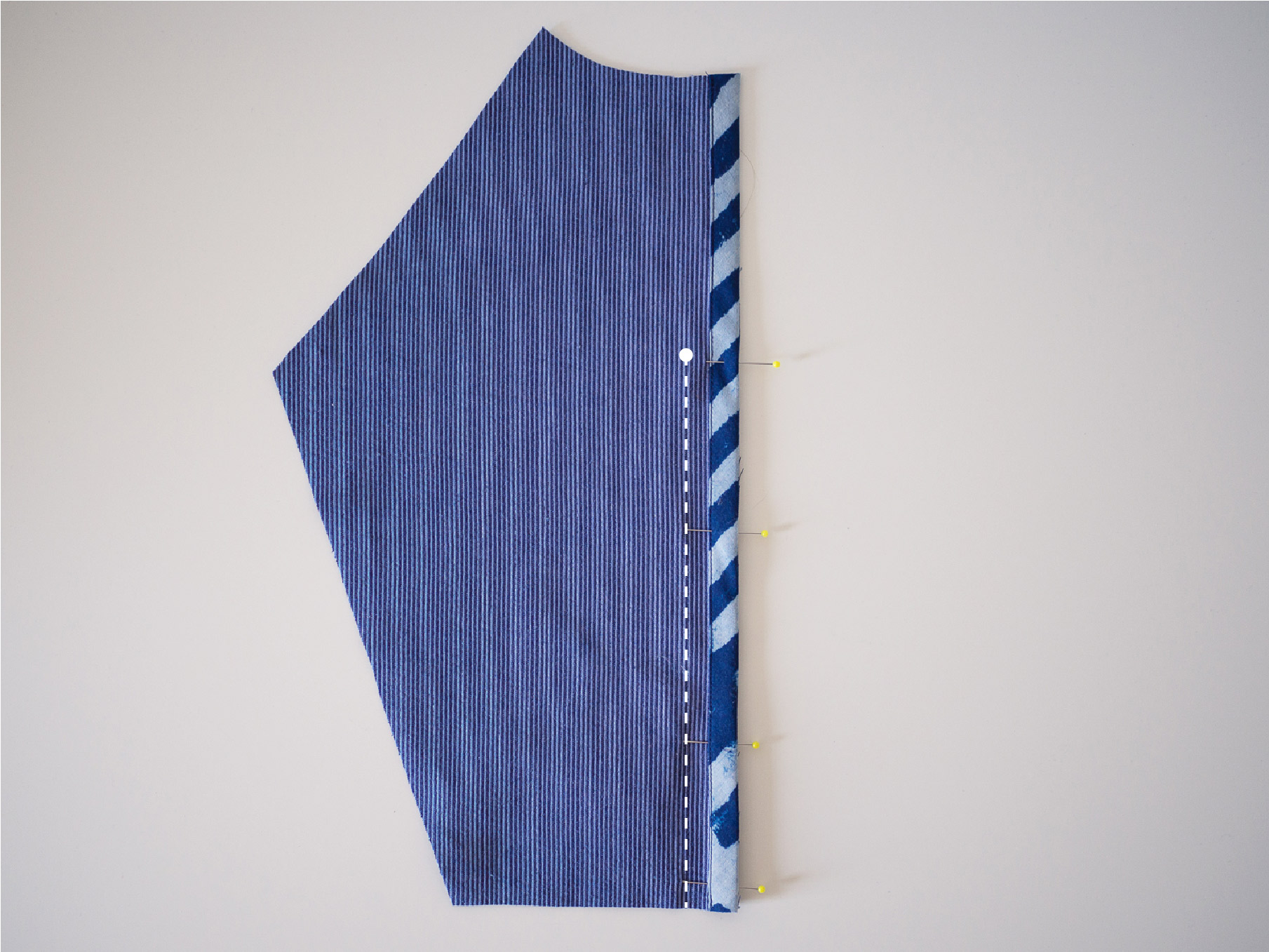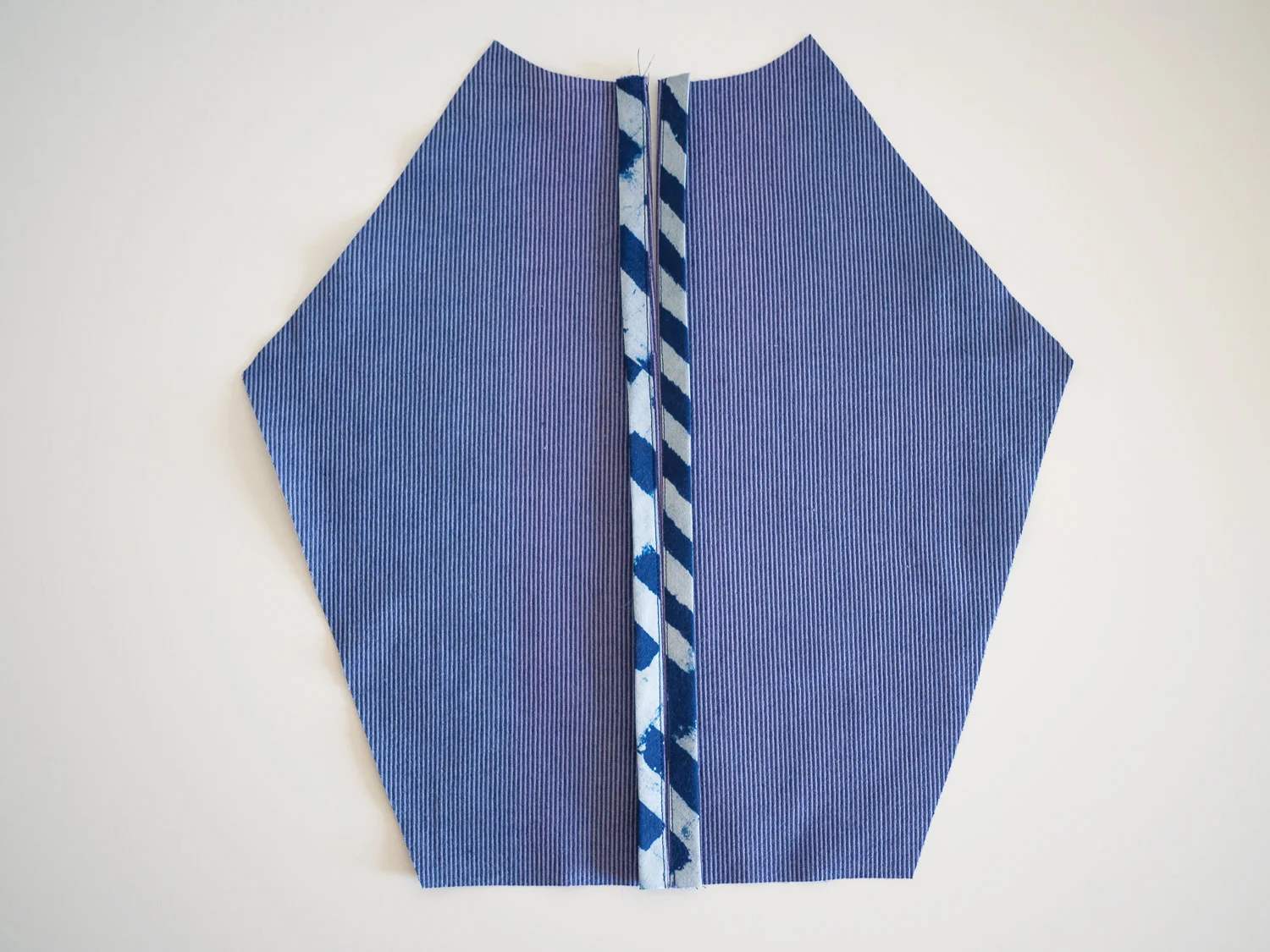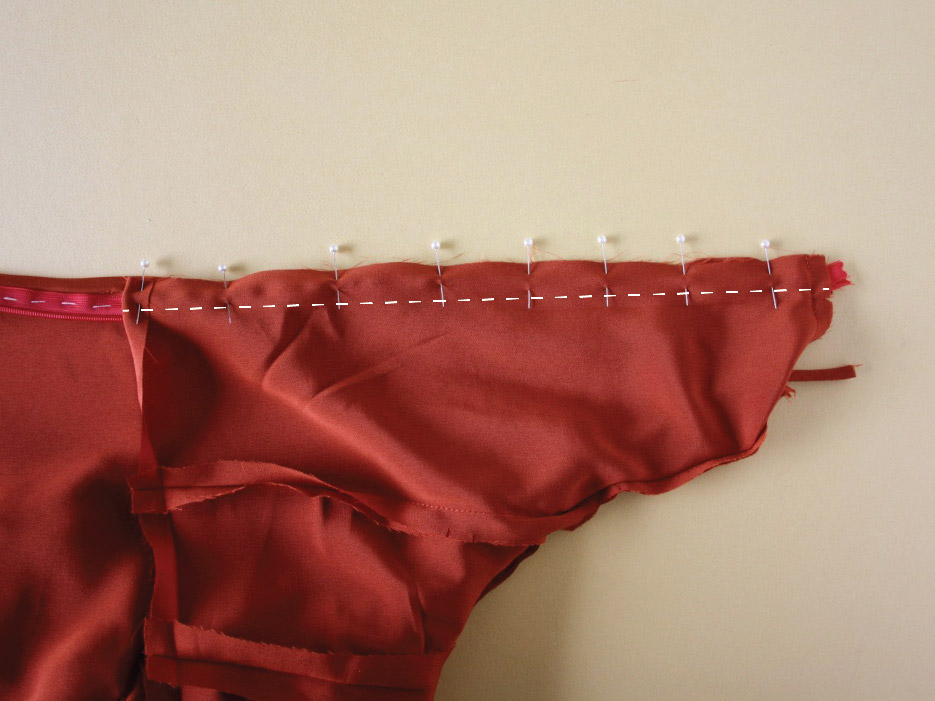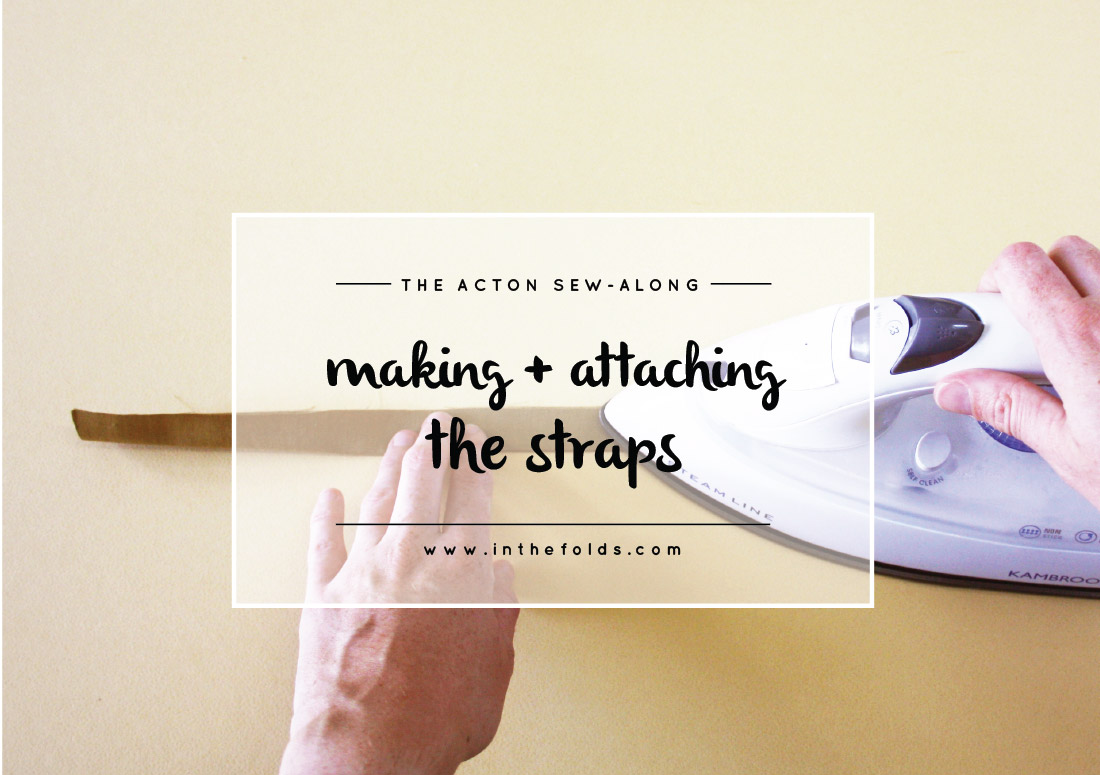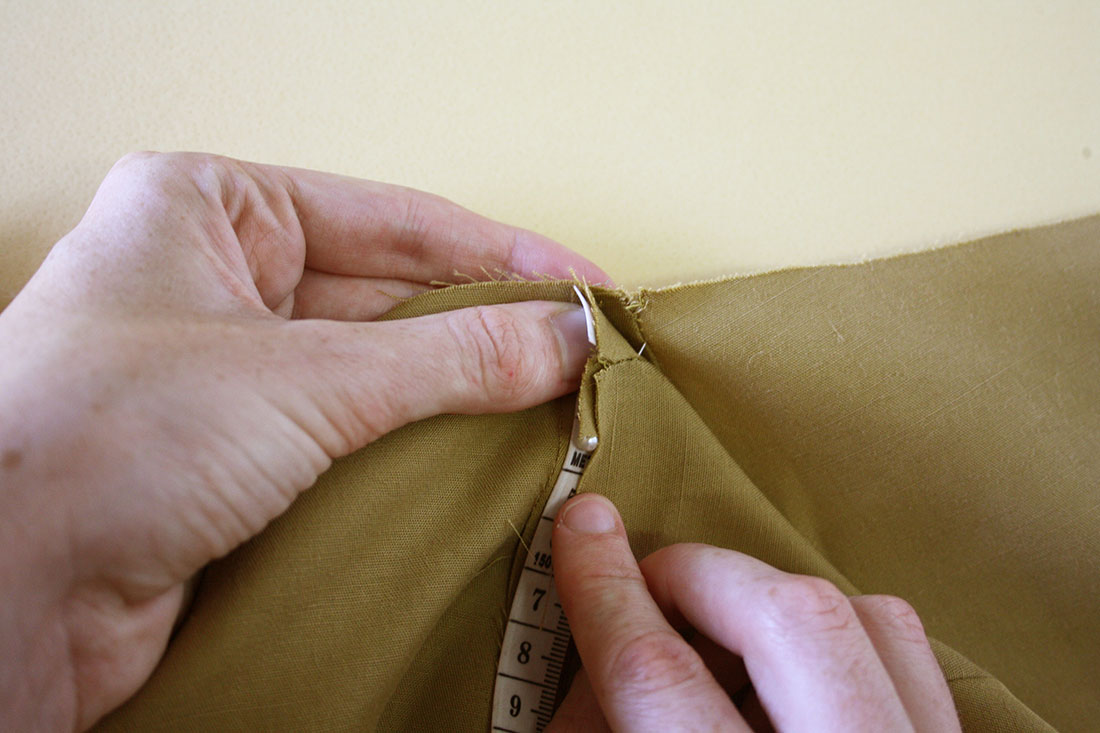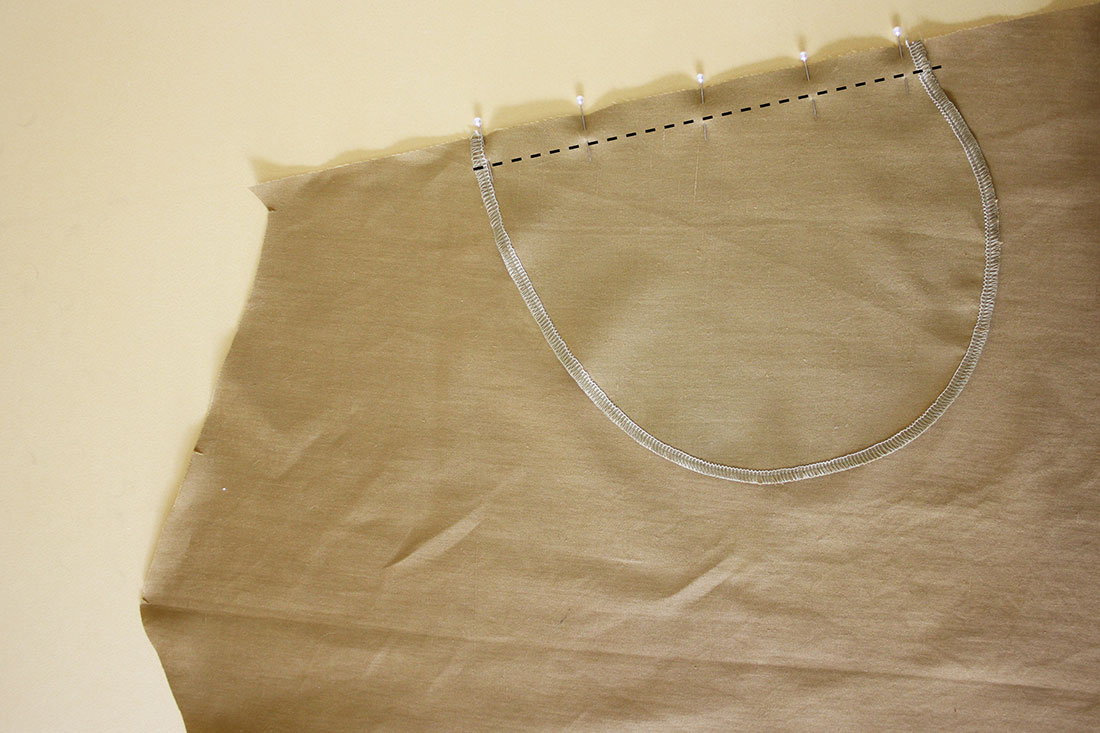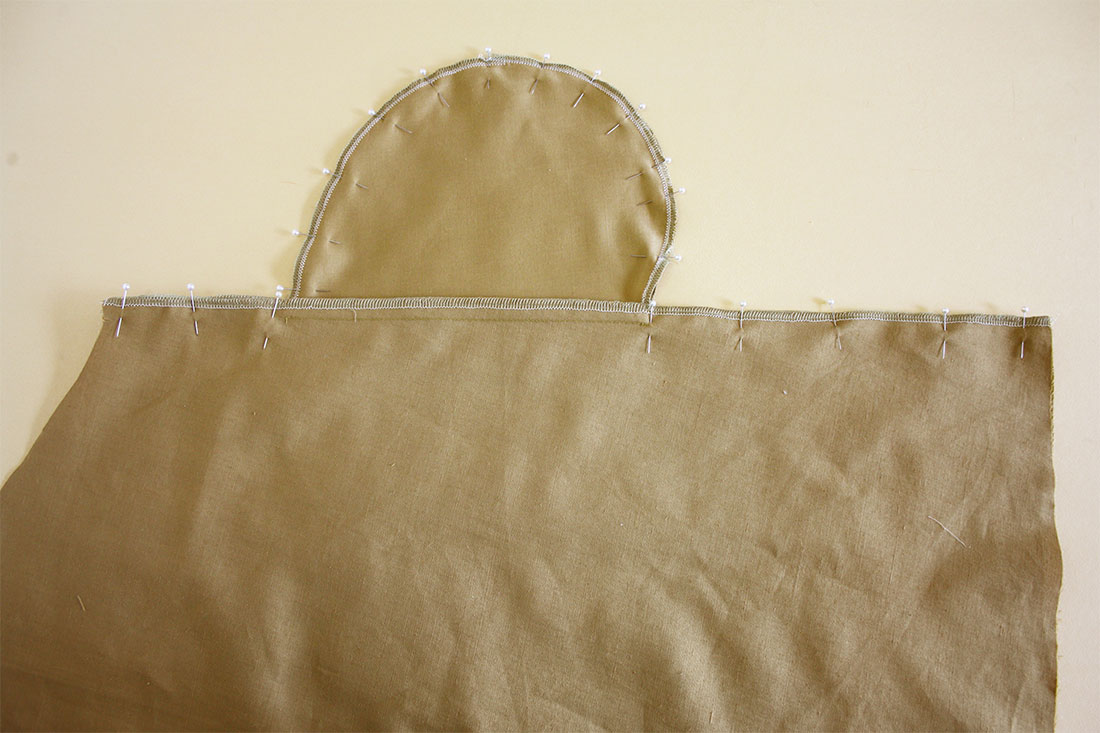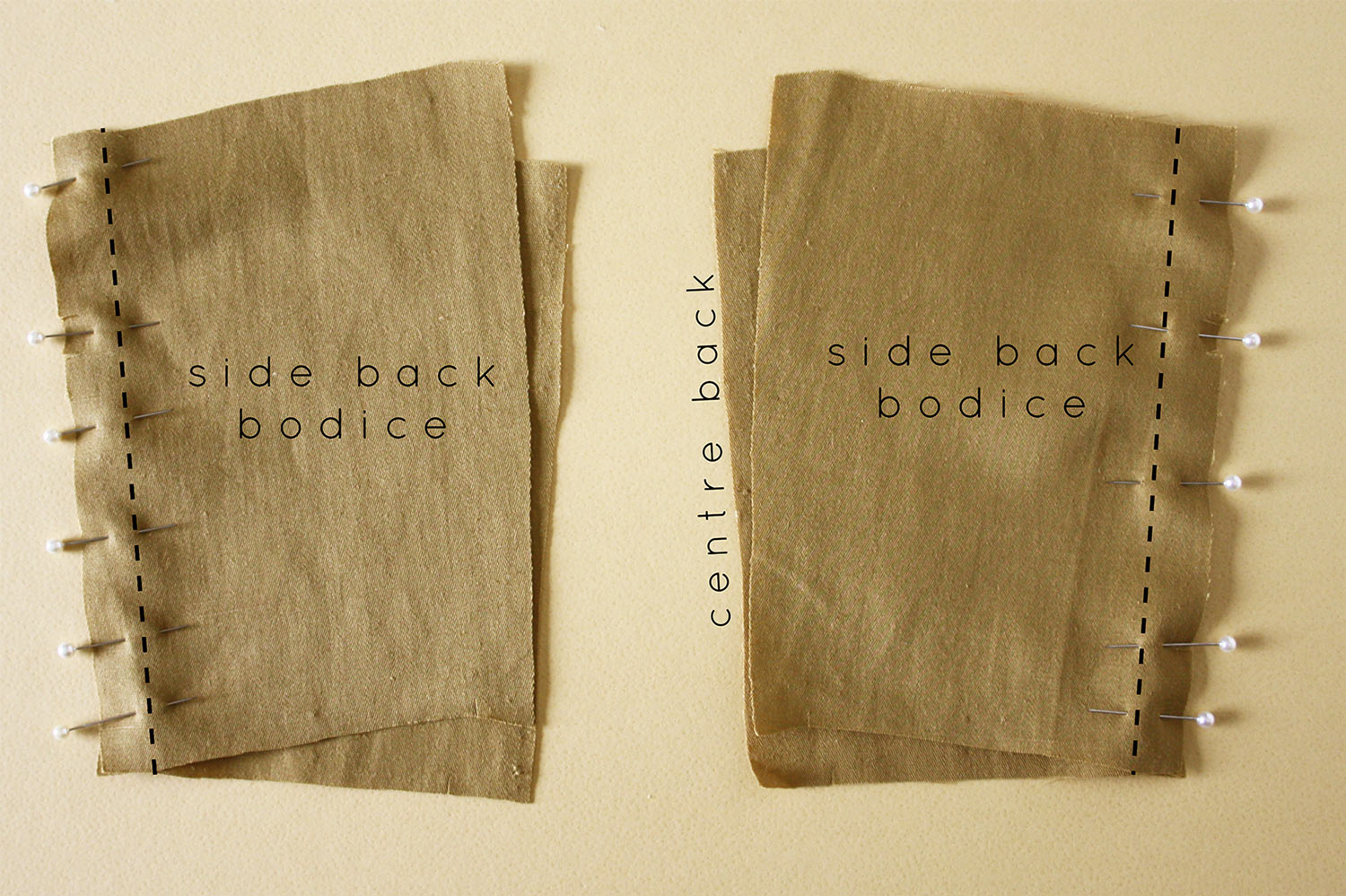Hem time! Yay! If you would like to bind the hem on your Collins Top, then keep following this tutorial. If you would prefer a simple double folded hem, then head over to this tutorial for more guidance.
Getting started
Take a length of binding at least 5cm (2in) longer than the circumference of your hem (this can be store-bought or self-made bias tape).
Fold one short end under by about 2cm (¾in) and begin pinning the binding to the hemline with right sides together.
Continue pinning the binding until the end of the bias strip overlaps the beginning of the bias strip. Trim off any excess.
Stitch in place with a 1cm (⅜in) seam allowance.
Trim down the seam allowance down by about 5mm (¼in).
Flip the binding to the right side, and with your fingers, press the seam allowance towards the binding.
Understitch the seam allowance to the binding.
Turn the top inside out and flip the bias binding to the inside of the top. Fold the raw edge of the binding under before pressing and pinning in place.
Sew hem by stitching binding in place, close to the folded edge of the binding.
Give the binding a good press from the right and wrong side.






